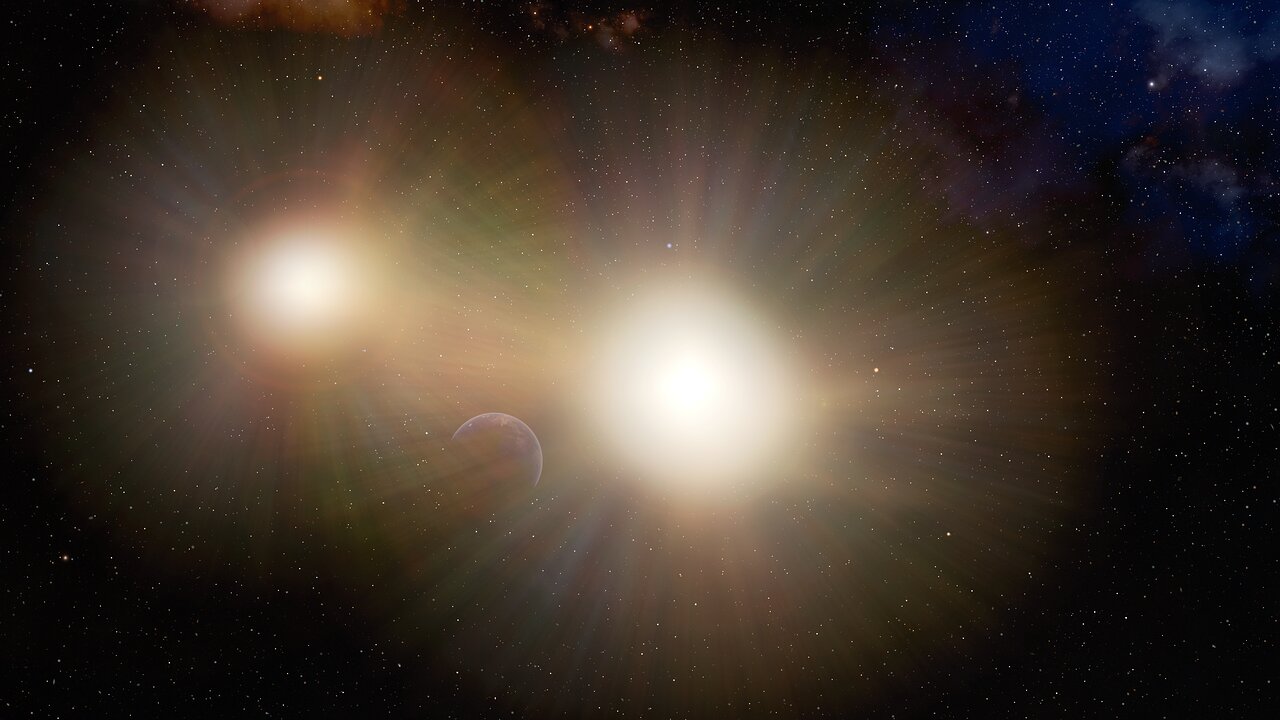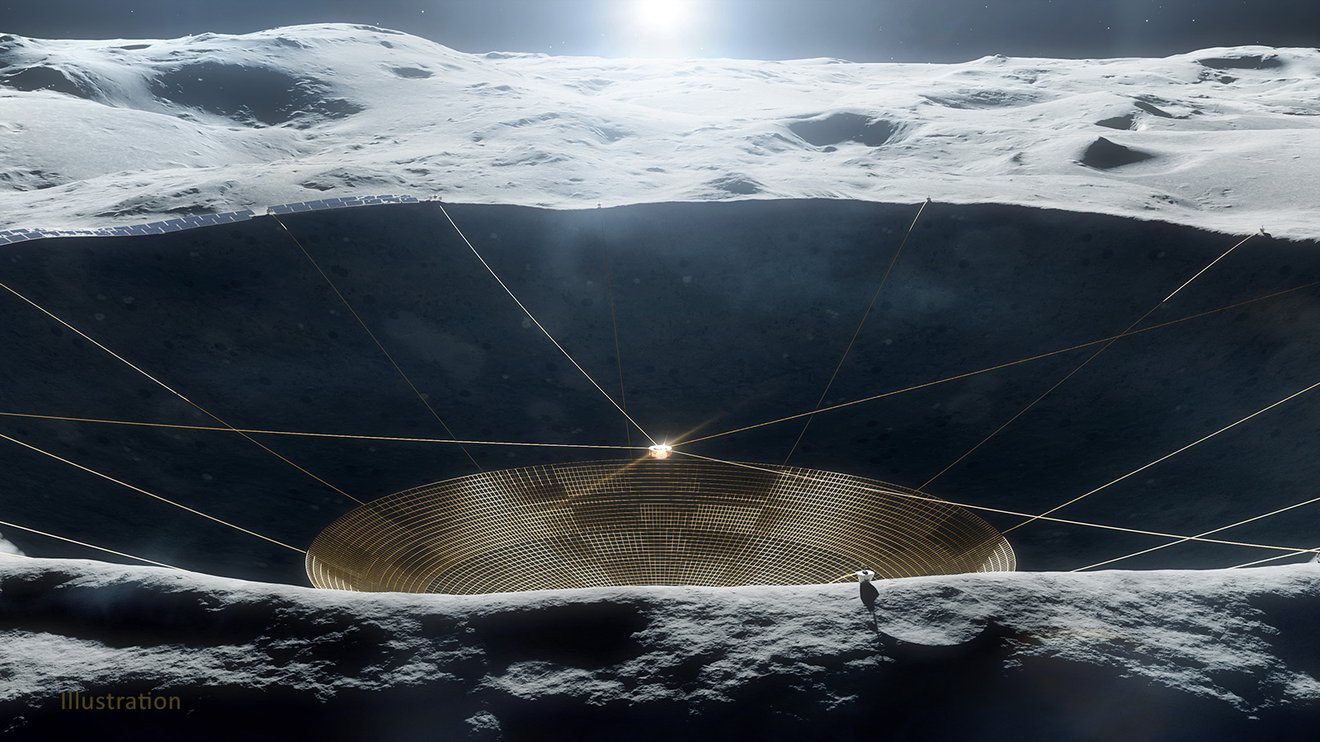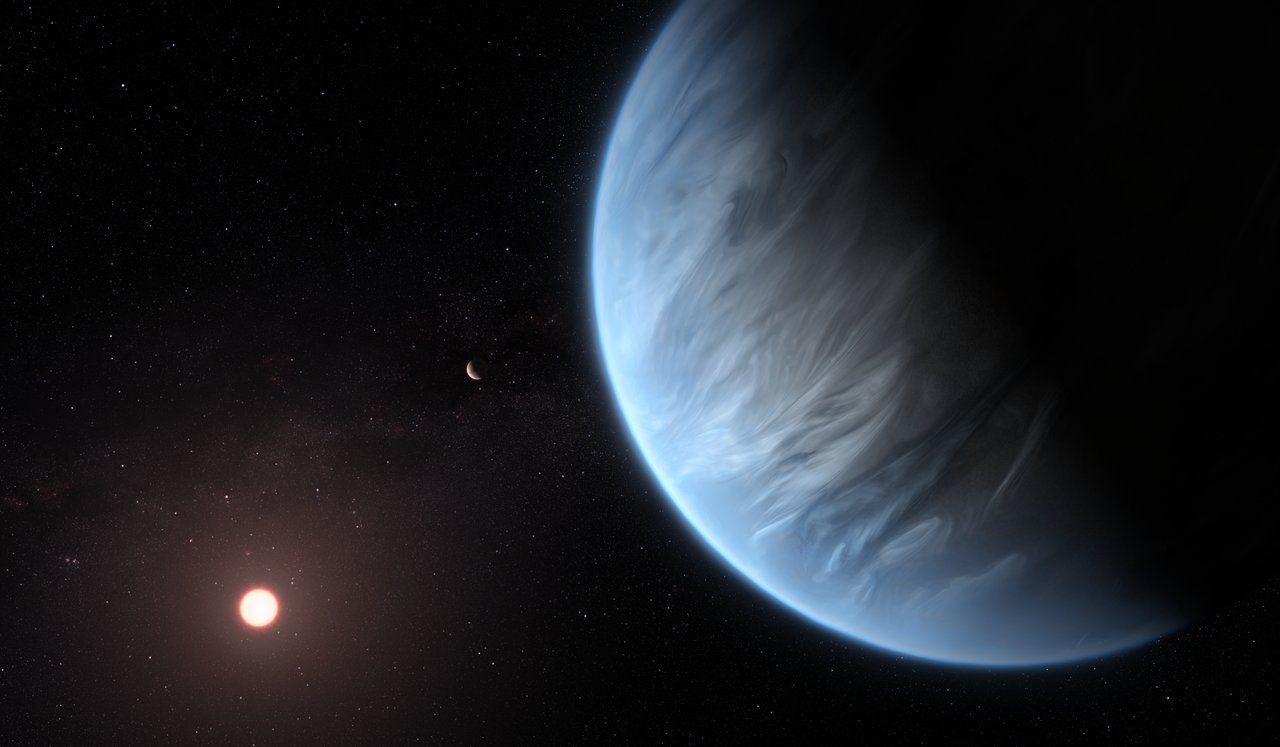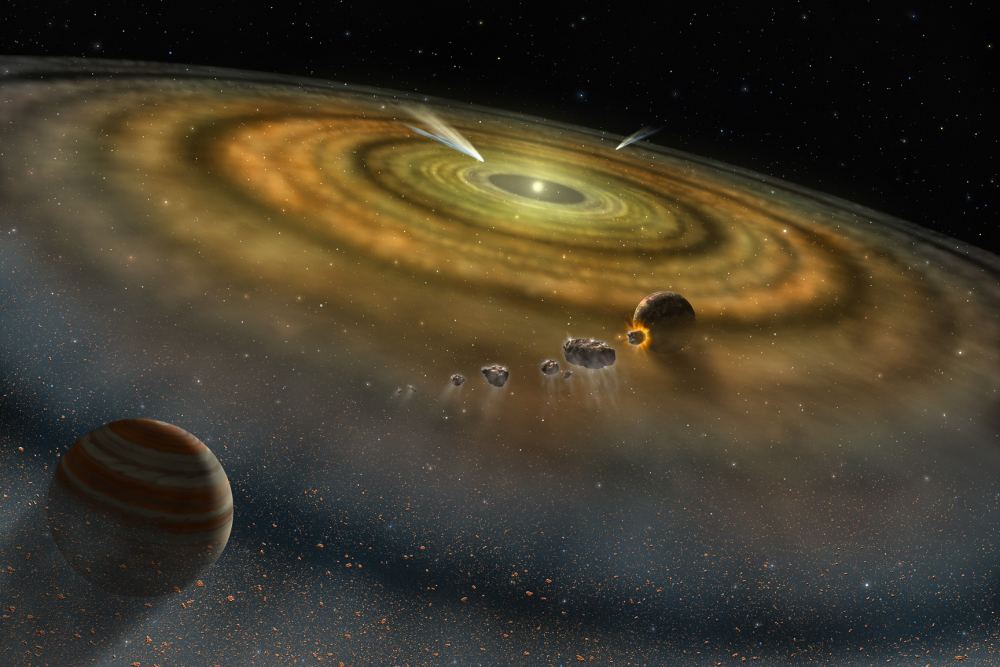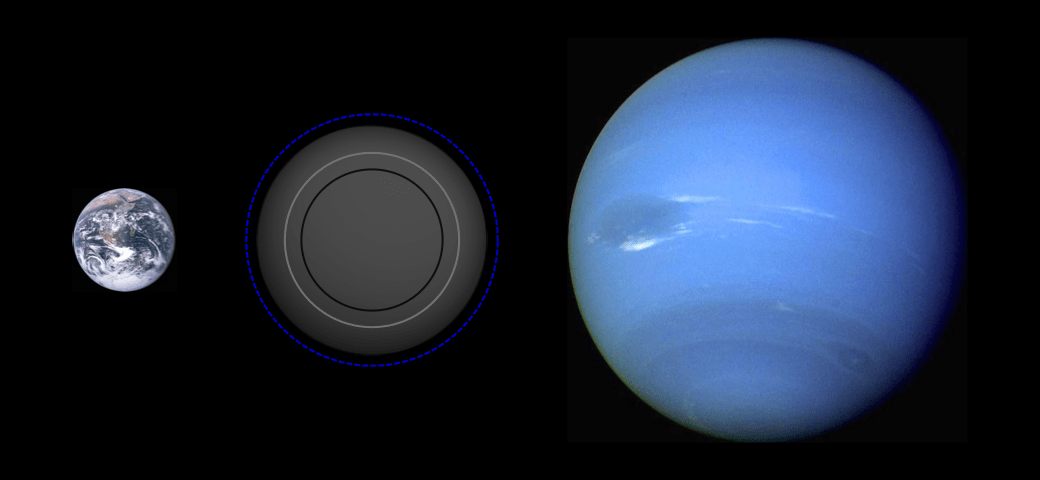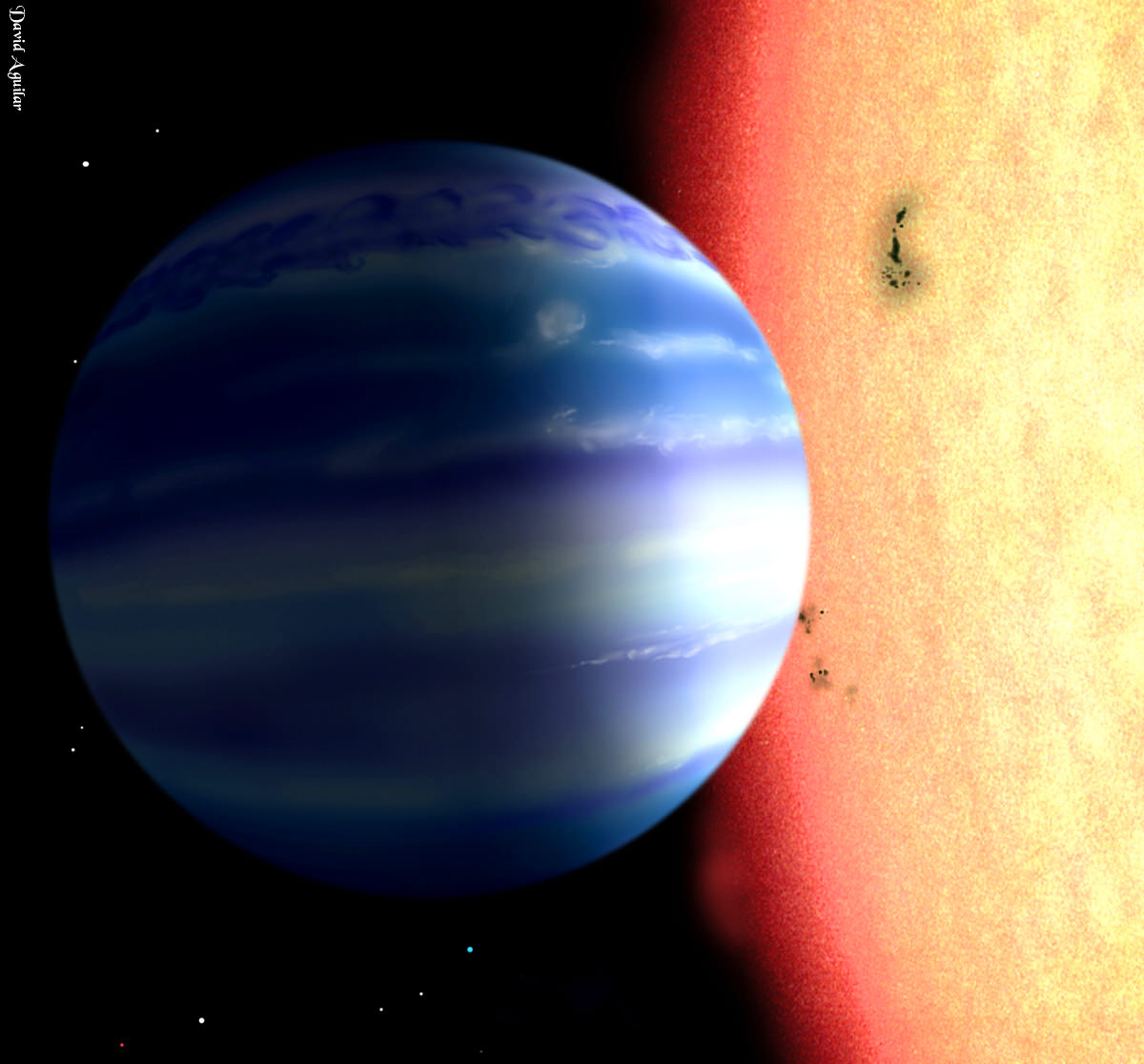In the past decade, the discovery of extrasolar planets has accelerated immensely. To date, 4,424 exoplanets have been confirmed in 3,280 star systems, with another 7,453 awaiting confirmation. So far, most of these planets have been gas giants, with about 66% being similar to Jupiter or Neptune, while another 30% have been giant rocky planets (aka. “Super-Earths). Only a small fraction of confirmed exoplanets (less than 4%) have been similar in size to Earth.
However, according to new research by astronomers working at NASA Ames Research Center, it is possible that Earth-sized exoplanets are more common than previously thought. As they indicated in a recent study, there could be twice as many rocky exoplanets in binary systems that are obscured by the glare of their parent stars. These findings could have drastic implications in the search for potentially habitable worlds since roughly half of all stars are binary systems.
Continue reading “There are Probably Many More Earth-Sized Worlds Than Previously Believed”
